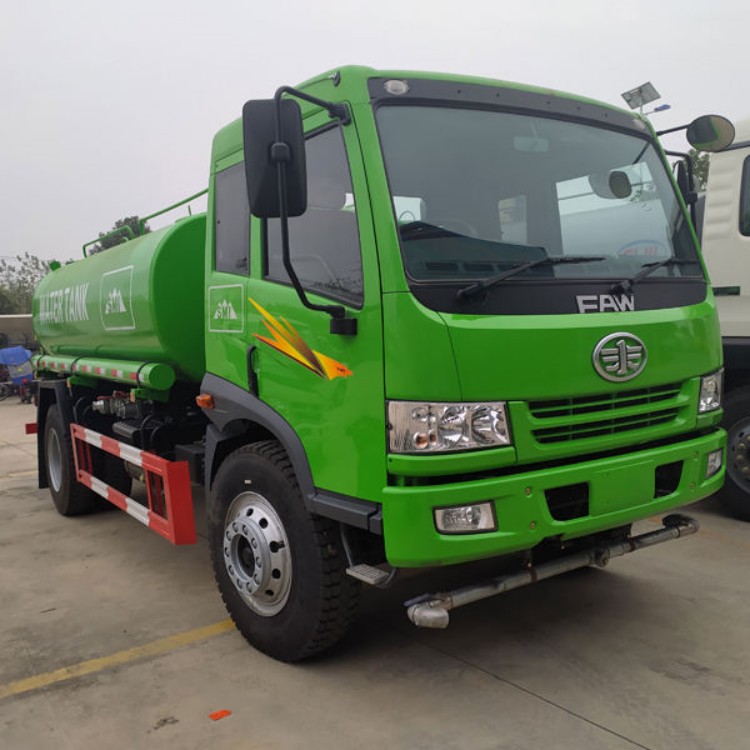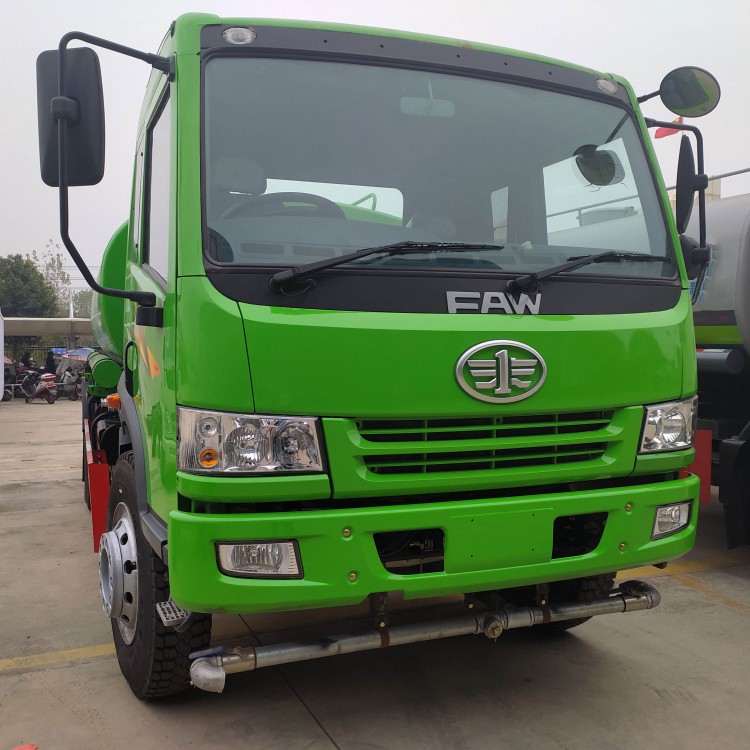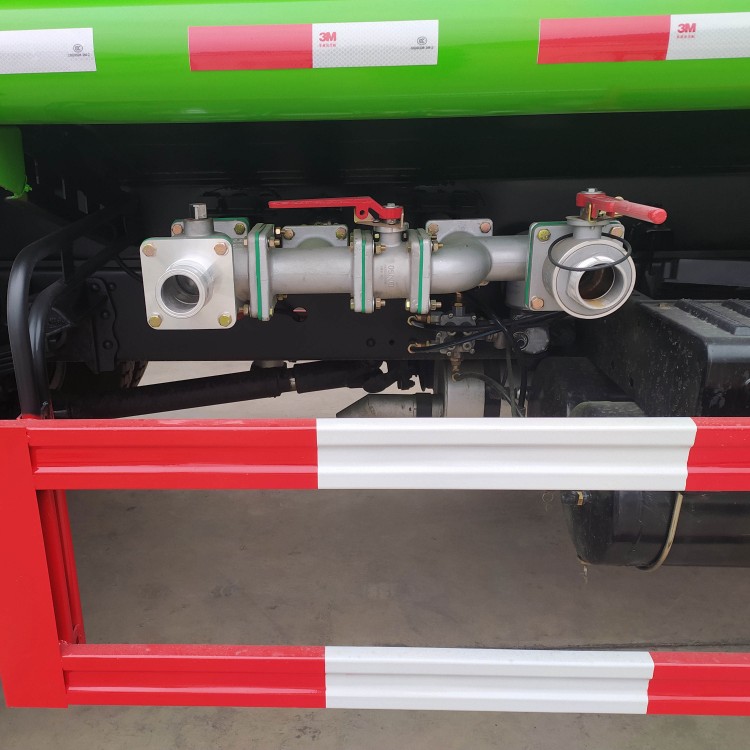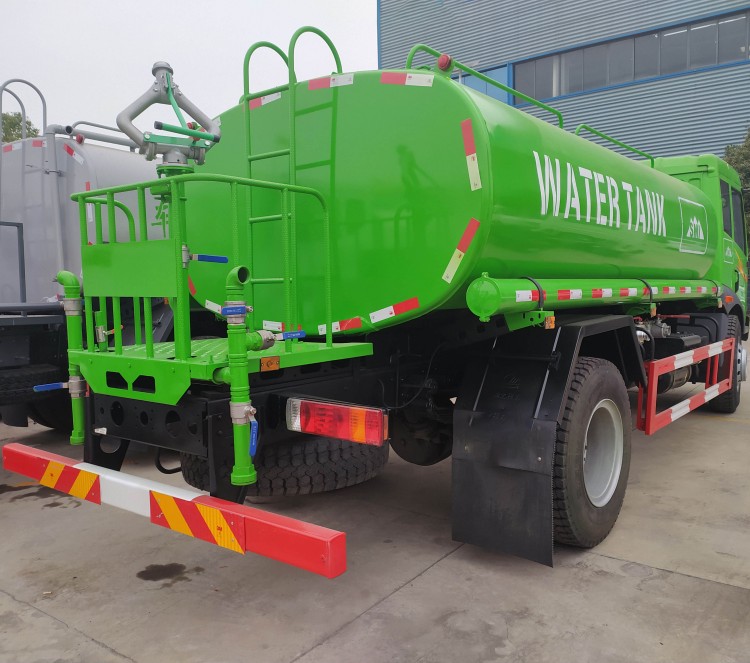A water bowser is a mobile water tank mounted on a trailer or truck, designed to store and transport water to remote or off-grid locations. These essential vehicles are widely used in construction sites, agricultural fields, emergency response, and public events. One of the most common questions about these versatile tanks is, “How much does a water bowser hold?” The answer depends on the type, size, and intended use of the bowser. This article explores the various capacities of water bowsers, their applications, and the factors that influence how much water they can carry.
What is a Water Bowser?
Before diving into capacities, it’s important to understand what a water bowser is. A water bowser is essentially a tank used to carry and dispense water. It can be either static (stationary) or mobile (mounted on wheels or a vehicle chassis). Mobile water bowsers can be towed by a tractor, pickup, or heavy-duty truck, depending on their size.
They are typically made from durable materials like polyethylene, steel, or fiberglass and often come fitted with pumps, hoses, and sprayers to aid in water distribution. Water bowsers are designed for both potable (drinking) and non-potable (non-drinking) water, depending on the application.

Typical Capacities of Water Bowsers
Water bowsers come in a wide range of sizes to meet different needs. Their holding capacity can vary from as little as 250 liters to over 30,000 liters (or more for large semi-trailer tankers). Here’s a breakdown of common water bowser sizes:
Small Bowsers (250 to 1,000 liters)
These are compact and easy to maneuver. They are often mounted on small trailers or trolleys and used in landscaping, gardening, or for small construction tasks. They are ideal for sites with limited space or where only small volumes of water are needed.
- Example uses: Watering plants, pressure washing, and small-scale dust suppression.
Medium Bowsers (1,000 to 5,000 liters)
Medium-sized bowsers are popular in agriculture, construction, and small-scale firefighting. They are usually trailer-mounted and can be towed by tractors or light-duty trucks.
- Example uses: animal watering, medium-scale irrigation, temporary site water supply.
Large Bowsers (5,000 to 15,000 liters)
These are industrial-grade water bowsers typically mounted on rigid truck chassis or heavy-duty trailers. They are used where a significant volume of water is required and mobility is essential.
- Example uses: large construction site water supply, road dust suppression, public event support.
Extra-Large Bowsers (15,000 to 30,000+ liters)
These are tanker-style water bowsers mounted on articulated truck trailers. Their capacity makes them ideal for municipal use, firefighting support, or delivering water to areas without access to pipelines.
- Example uses: bulk water transport, emergency water relief, filling static water tanks.
Factors Influencing Water Bowser Capacity
Several factors influence how much water a bowser can hold. Understanding these helps in selecting the right size for a specific task.
1. Purpose and Application
The intended use is the first consideration. A water bowser meant for agricultural spraying doesn’t need to be as large as one intended for firefighting or supplying a construction site.
- Drinking water bowsers may also require additional compartments or treatment units, which can impact available volume.
- Dust suppression bowsers may prioritize water volume and high-flow pump systems.
2. Vehicle Size and Weight Capacity
When a bowser is mounted on a trailer or truck, the gross vehicle weight rating (GVWR) plays a major role in determining tank size. Water is heavy—approximately 1,000 kilograms per cubic meter (or 1 liter = 1 kg). So, a 10,000-liter bowser adds 10 metric tons of weight just from the water alone.
- A small pickup can safely carry only around 500 to 1,000 liters.
- A heavy-duty rigid truck may carry between 5,000 and 15,000 liters.
- Articulated tankers can safely carry 30,000 liters or more, depending on axle configuration and road regulations.
3. Road Regulations and Transport Limits
Different countries and regions have regulations concerning axle load, maximum gross weight, and dimensions of road-going vehicles. These rules directly affect how large a mobile water bowser can be.
In the UK and much of Europe, for example, the legal gross vehicle weight for an articulated lorry is typically 44 tonnes. Once you account for the weight of the vehicle and the tank, the maximum water payload usually works out to about 28,000–30,000 liters.
4. Tank Design and Material
Tank shape and wall thickness can affect capacity. Cylindrical tanks tend to be stronger and more suited for mobile applications, while rectangular or boxy tanks may offer more volume but are often used for static purposes.
Materials like polyethylene are lightweight and corrosion-resistant, but they can deform under high stress, so there may be practical limits on tank size. Steel and aluminum tanks, while heavier, offer greater strength for larger capacities.

Water Bowser Capacity Examples
Here are some real-world examples of water bowser capacities from typical suppliers:
| Type | Capacity (Liters) | Use Case |
|---|---|---|
| Hand Tow Bowser | 250–500 | Small garden or facility use |
| Site Tow Bowser | 1,000–2,500 | Construction or agriculture |
| Truck-Mounted Bowser | 5,000–15,000 | Road cleaning, dust suppression |
| Articulated Tanker Bowser | 25,000–30,000 | Bulk water delivery, emergency response |
Choosing the Right Size Bowser
To determine what size bowser you need, consider the following questions:
- What will the water be used for? Potable, irrigation, construction, etc.
- How often will the bowser be refilled? Frequent trips may be inefficient for small tanks.
- What vehicle will tow or carry it? Ensure the towing vehicle can safely handle the weight.
- What access is available at the site? Larger bowsers may not maneuver well in tight spaces.

Conclusion
Water bowsers are indispensable in industries and environments where water must be transported or stored away from traditional supplies. Their holding capacity can range from just 250 liters to over 30,000 liters, depending on the application, vehicle, and regional regulations.
Understanding the required capacity for your specific use case is critical. Too small, and you’ll waste time refilling. Too large, and you may face mobility or legal challenges. By carefully evaluating your needs, the working environment, and available equipment, you can choose a water bowser with the perfect balance of volume, portability, and efficiency.


